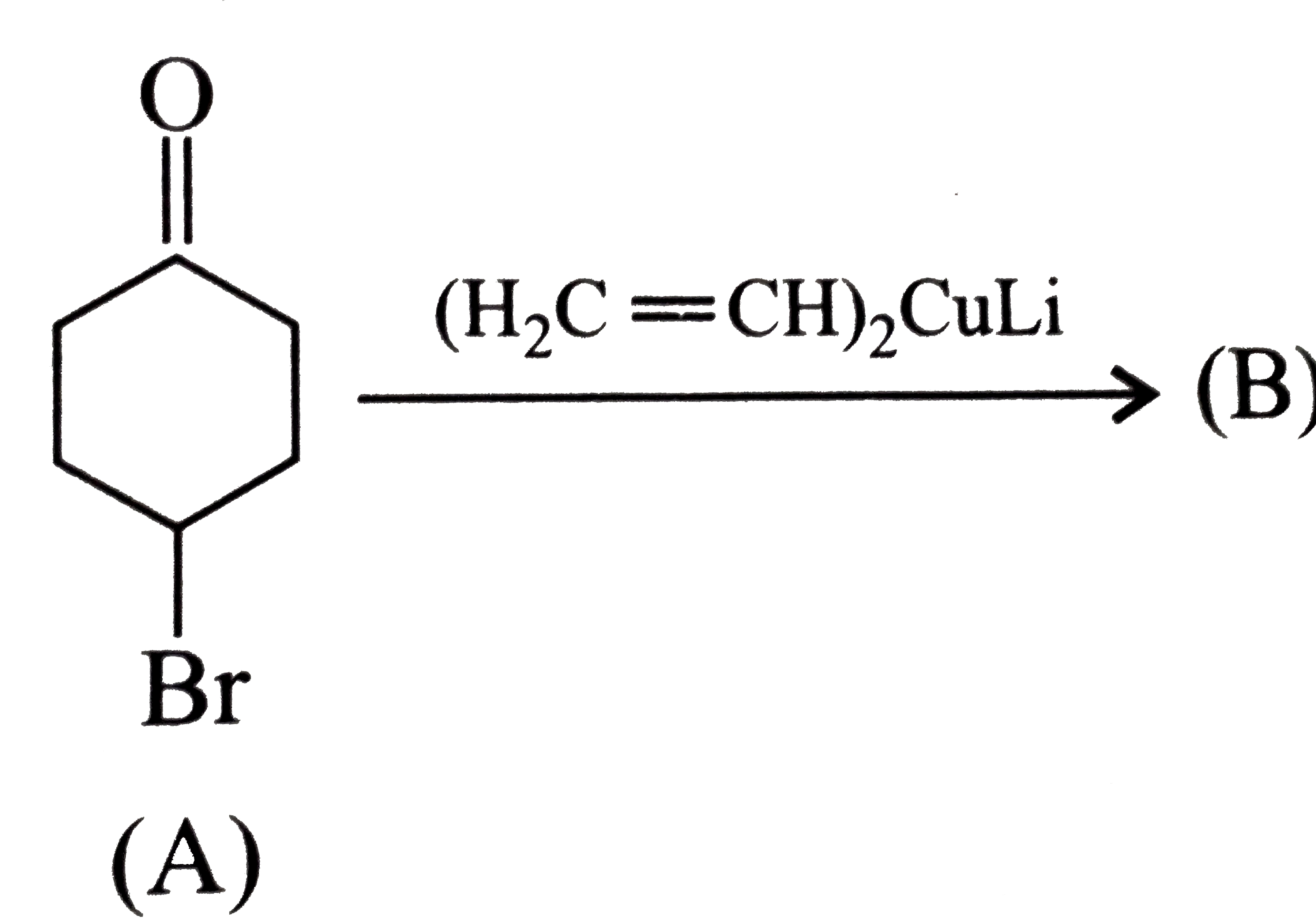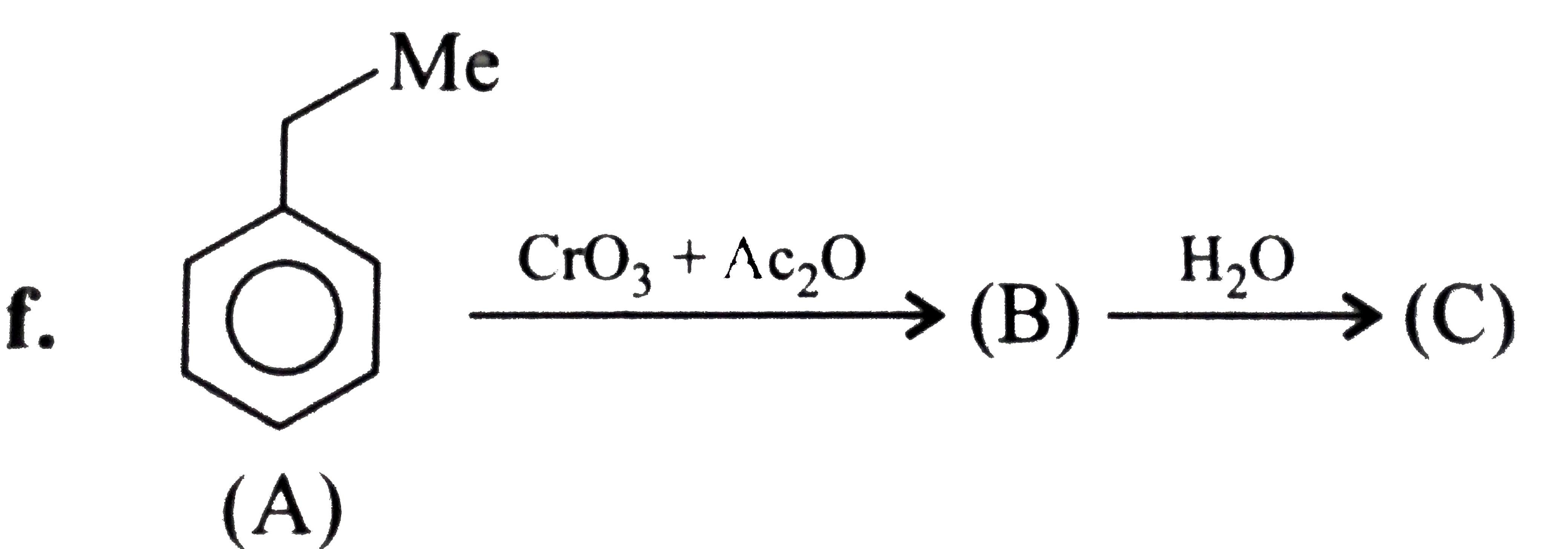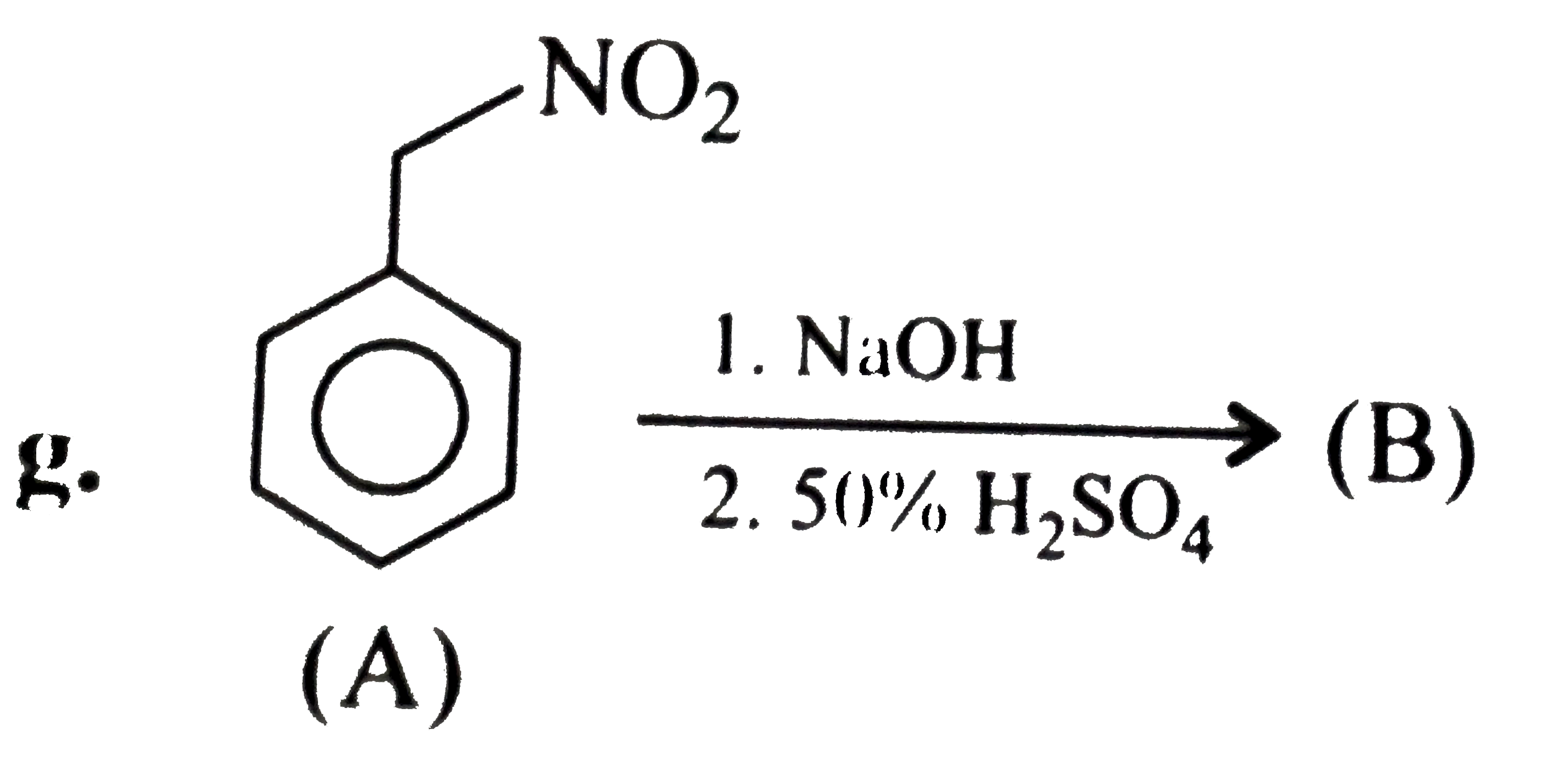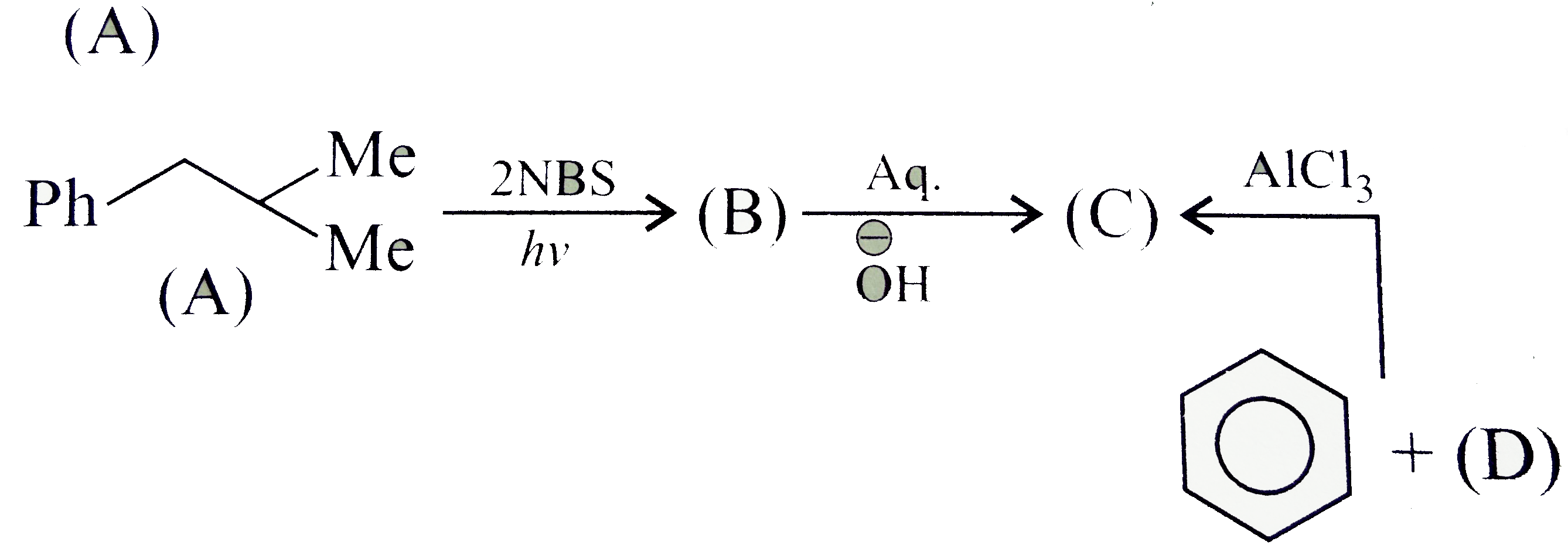Diplotene phase of meiosis is also charactertised by
a. Desynapsis
b.Complete terminalisation of chiasmata
c.Dictyotene stage
d. Complete disappearance of nuclear membrane and nucleoli
e. Complete development of astral rays and aster
f. Longest phase of prophase-I
A,B,C and E
B,D,E and F
A,C and F
B,D and F
The correct Answer is:C
Step by step video & text solution for Diplotene phase of meiosis is also charactertised by a. Desynapsis b.Complete terminalisation of chiasmata c.Dictyotene stage d. Complete disappearance of nuclear membrane and nucleoli e. Complete development of astral rays and aster f. Longest phase of prophase-I by Biology experts to help you in doubts & scoring excellent marks in Class 11 exams.
Updated on:21/07/2023Similar Questions
Veena's elder sister Rashmi, who is four months pregnant, has come to stay with them for a weak. Veena's mother, Mrs. Nirmala, wanted to take Rashmi to a gynaecologist for a prenatal (before birth) medical check-up. Veena also accompanied them to the hospital. The gynaecologist carried out the required physical examination of Rashmi and then recommended a particular scan to be done. While going to the Imaging Department of the hospital, Mrs. Nirmala said that after the scan is done, she would ask the doctor doing the scan a specific question aboyt the foetus. Veena is a student of class X who has studied the reproductive systems of humans in the class. She could make out what her mother was going to ask the doctor about the developing foetus. Veena asked her mother not to ask any irrelevent question based on the scan to be done and explained the reason for it. Mrs, Nirmala agreed to what Veena had said. After the required scan was done, all of them visited the gynaecologist again. The gynaecologist studied the scan carefully and said that everything was okay. Everyone was happy. While coming back home, Mrs. Nirmala said that instead of going to a far off hospital the same purpose could have been served by setting an X-ray done on Rashmi at the neighbourhood X-ray clinic. Veena did not agree with her mother. She said a firm 'No' to X-ray on Rashmi at this stage.
(a) What type of scan was recommended by gynaecologist for Rashmi? Name the machine used for this purpose.
(b) Why was the above scan recommended?
(c) Describe the principle of working of the scanning machine briefly. What is this technique known as?
(d) What do you think was the irrelevent question which Mrs. Nirmala wanted to ask the doctor after the scan was done?
(e) Why did Veena tell her mother not to ask such a question?
(f) Why did Veena say 'No' to X-ray for Rashmi?
(g) What values are displayed by Veena in this episode?
View SolutionComplete the following reactions:
a.
b.
c.
d.
e.
f.
g.
h.
i.
View Solution
Knowledge Check
Pick up the correct statement :
(a) Synapsis of homologous chromosomes occurs during prophase I
(b) Division of centromeres takes place during anaphase I
(c)Spindle fibres disappear completely in telophase of mitosis
(d) Nucleoli mey reappear in telophase IAa onlyBc onlyCa and b onlyDa, c and d onlyAnswer the questions on the basis of the information given below.
In a sports event, six teams (A, B, C, D, E and F) are competing against each other. Matches are scheduled in two stages. Each team plays three matches in Stage-I and two matches in Stage-II. No team plays against the same team more than once in the event. No ties are permitted in any of the matches. The observations after the completion of Stage-I and Stage-II are as given below.
Stage-I:
One team won all the three matches
Two teams lost all the matches.
D lost to A but won against C and F.
E lost to B but won against C and F.
B lost at least one match.
F did not play against the top team of Stage-I
Stage-II:
The leader of Stage-I lost the next two matches.
Of the two teams at the bottom after Stage-I, one team won both matches, while the other lost both matches.
One more team lost both matches in Stage-II.
The two teams that defeated the leader of Stage-I are:AF & DBE & FCB & DDE & DAnswer the questions on the basis of the information given below.
In a sports event, six teams (A, B, C, D, E and F) are competing against each other. Matches are scheduled in two stages. Each team plays three matches in Stage-I and two matches in Stage-II. No team plays against the same team more than once in the event. No ties are permitted in any of the matches. The observations after the completion of Stage-I and Stage-II are as given below.
Stage-I:
One team won all the three matches
Two teams lost all the matches.
D lost to A but won against C and F.
E lost to B but won against C and F.
B lost at least one match.
F did not play against the top team of Stage-I
Stage-II:
The leader of Stage-I lost the next two matches.
Of the two teams at the bottom after Stage-I, one team won both matches, while the other lost both matches.
One more team lost both matches in Stage-II.
The only team (s) that won both the matches in Stage-II is (are):ABBE & FCA, E & FDB, E & F
Roshni is a student of class IX in a school in Delhi. One day Roshni's mother, Mrs. Deepa, was complaining that the woollen and silk clothes which she had stored steel trunks had been partially eaten up and damaged by some tiny insects. Mrs. Deepa had to spend a lot of money to get these damaged clothes repaired. When Roshni heard her mother complaining, she asked her to place some small, white balls of a particular material inside the folds of the woollen and silk clothes before storing them again in trunks, and closing the lids of trunks properly. Mrs. Deepa did the same. When Mrs. Deepa opened the trunks again after about six months to take out a silk saree for a marriage function, she found that the stored clothes had remained safe, they had not been damaged this time. At the same time, she noticed that the small white balls placed inside the folds of clothes had become much smaller in size. Mrs. Deepa asked Roshni why the white balls had become much smaller in size on keeping. Roshni explained everything to her mother. Roshni also told her mother that one day a,, the white balls placed for protecting stored woolen and silk clothes would disappear completely without leaving behind any residue and then new balls will have to be placed for further protection of stored clothes.
(a) What is the usual name of the tiny insects which eat up and damage stored woolen and silk clothes in Roshni's home ?
(b) What is the material of small white balls placed in stored woolen and silk clothes by Mrs. Deepa ?
(c) How do the small white balls placed inside the folds of stored clothes work to prevent damage to stored clothes ?
(d) Why do small white balls kept within the folds of stored woolen and silk clothes become smaller and smaller with time and ultimately disappear completely one day ? What is the special name of the process which makes the white balls become smaller or disappear completely without leaving behind any residue ?
(e) Name one other material whose balls can also be used for the protection of stored woolwn and silk clothes ?
(f) What values are displayed by Roshni in this episode ?
View SolutionAnswer the questions on the basis of the information given below.
In a sports event, six teams (A, B, C, D, E and F) are competing against each other. Matches are scheduled in two stages. Each team plays three matches in Stage-I and two matches in Stage-II. No team plays against the same team more than once in the event. No ties are permitted in any of the matches. The observations after the completion of Stage-I and Stage-II are as given below.
Stage-I:
One team won all the three matches
Two teams lost all the matches.
D lost to A but won against C and F.
E lost to B but won against C and F.
B lost at least one match.
F did not play against the top team of Stage-I
Stage-II:
The leader of Stage-I lost the next two matches.
Of the two teams at the bottom after Stage-I, one team won both matches, while the other lost both matches.
One more team lost both matches in Stage-II.
The teams that won exactly two matches in the event are :
View SolutionAnswer the questions on the basis of the information given below.
In a sports event, six teams (A, B, C, D, E and F) are competing against each other. Matches are scheduled in two stages. Each team plays three matches in Stage-I and two matches in Stage-II. No team plays against the same team more than once in the event. No ties are permitted in any of the matches. The observations after the completion of Stage-I and Stage-II are as given below.
Stage-I:
One team won all the three matches
Two teams lost all the matches.
D lost to A but won against C and F.
E lost to B but won against C and F.
B lost at least one match.
F did not play against the top team of Stage-I
Stage-II:
The leader of Stage-I lost the next two matches.
Of the two teams at the bottom after Stage-I, one team won both matches, while the other lost both matches.
One more team lost both matches in Stage-II.
The team (s) with the most wins in the event is (are):
View SolutionThe instantaneous rate of an elementary chemical reaction
aA+bB(⇔)cC+dD can be given by:
rate =kf[A]a[B]b−kb[C]c[D]d
where kfandkb are rate constants for forward and backward reactions respectively for the reversible reaction if the reaction is an irreversible one , the rate is expressed as rate =k[A]a[B]b where k is rate constant for the given irreversible reaction and (a+b) is the order of reaction it is also evident from the stoichiometry of reaction that rates of disappearance of A is ab times the rate of disappearance of B. The variation of rate constant k with temperature is expressed in terms of Arrhenius equation: k=Ae−(Ea/RT) whereas the ratio kfkb is expressed in terms of van't Hoff isochore: KfKb=Ae−ΔH/RT where Ea and ΔH are energy of activation and enthalpy of reaction respectively
For a gaseous phase Ist order reaction
A(g)→B(g)+2C(g)
(rate constant K=10−2time−1)
in a closed vessel of 2 litre containing 5 mole of A(g) at 27∘ C which of the following is incorrect?
View SolutionA catalyst increases the rate of chemical reaction by providing an alternative reaction pathway which lowers the activation energy than the reaction pathway in its absence. A catalyst is not consumed and therefore does not appear in the chemical equation for the reaction. A homogenous catalyst is in the same phase as the ractants whilst a heterogeneous catalyst is in a different phase.
The complex [Co(NH3)3F]2++H2O→[Co(NH3)5(H2O)+F−]3+
and Rate =k[complex]a.[H+]b
The reaction is acid catalysed , i.e. [H+] does not change during the reaction . Thus, rate =k'[complex] where, k'=[H+]b

If 'a' is the initial concentration and k is the rate constant of a zero order reaction , the time for the reaction to go to completion will be
View Solution
